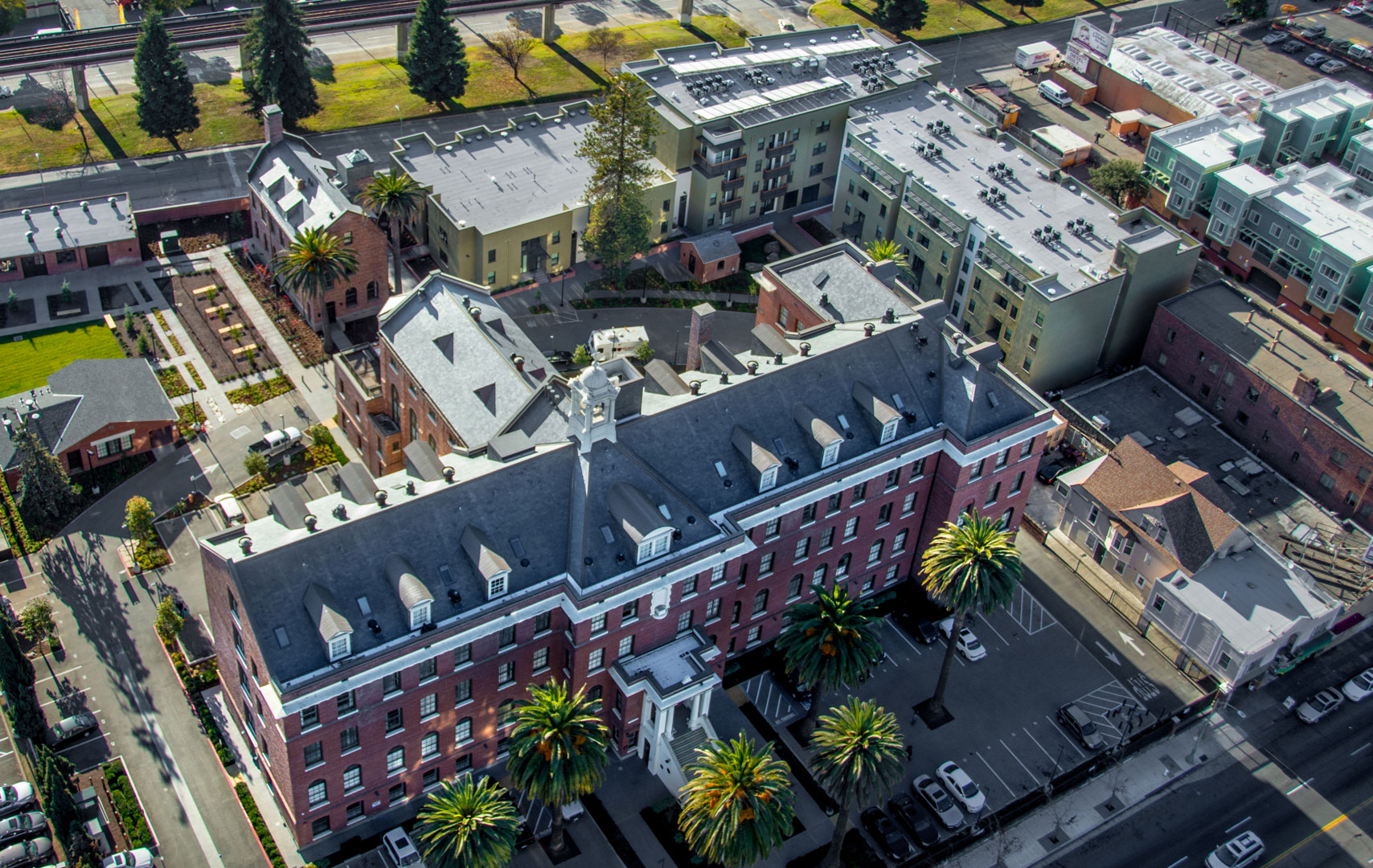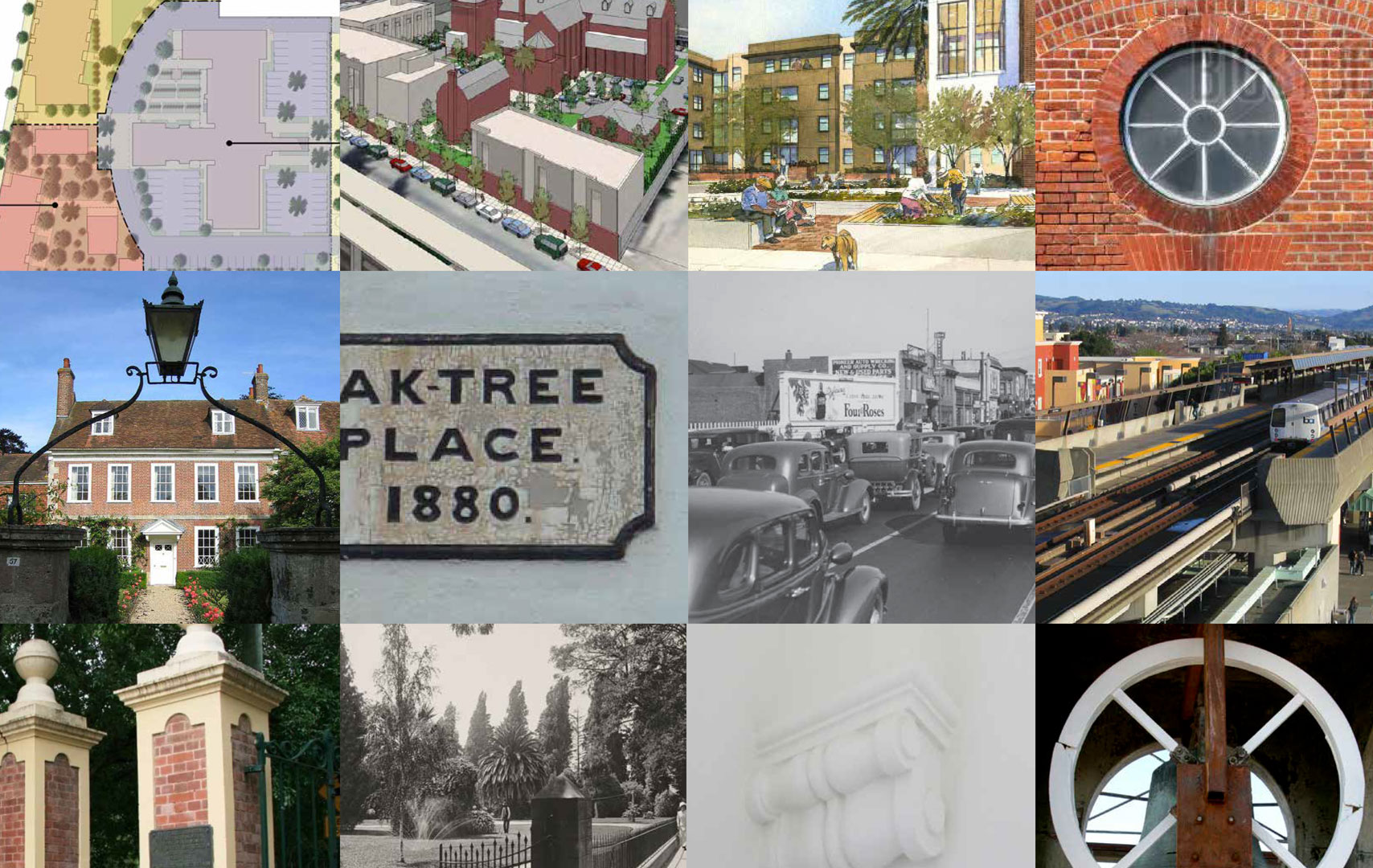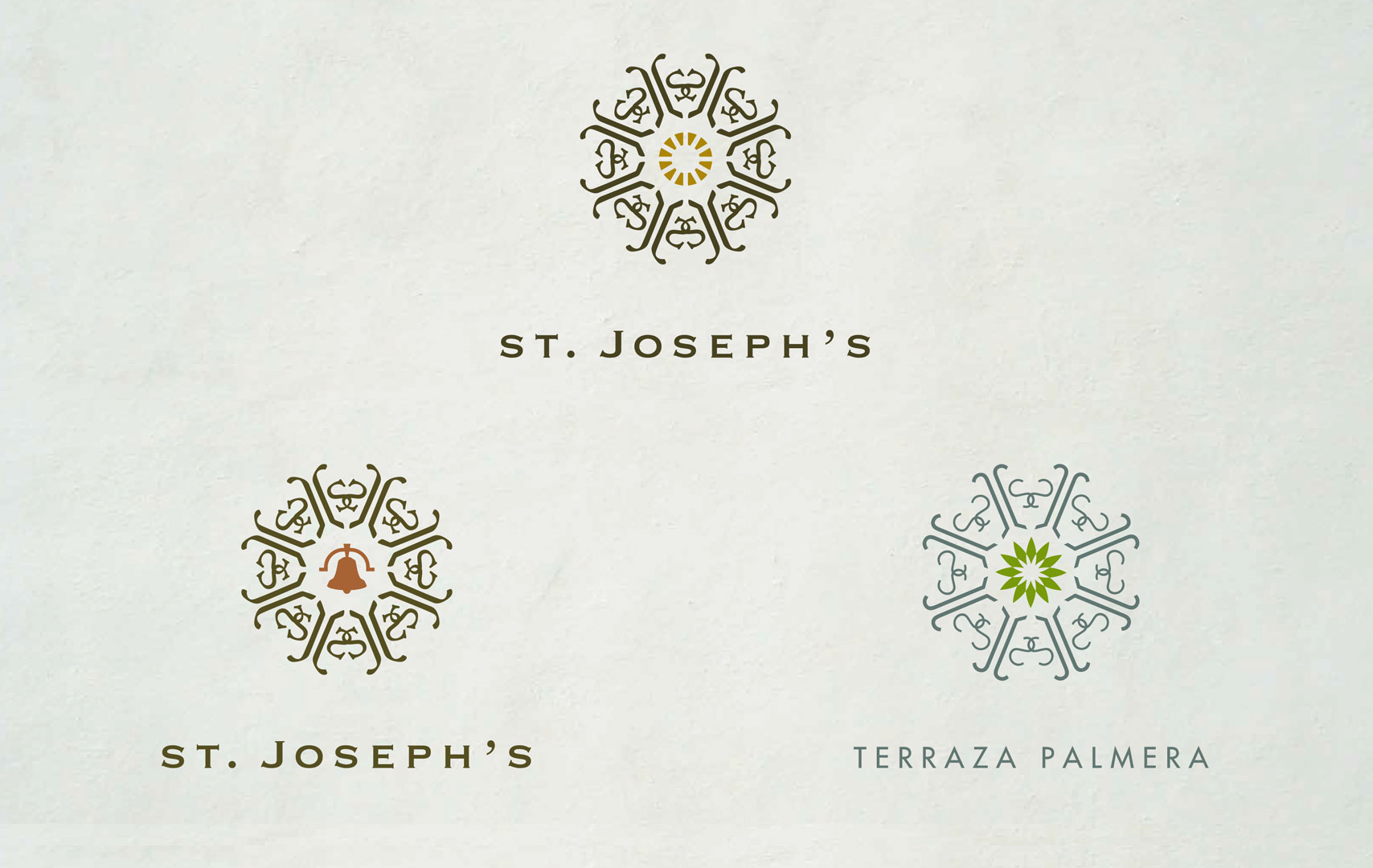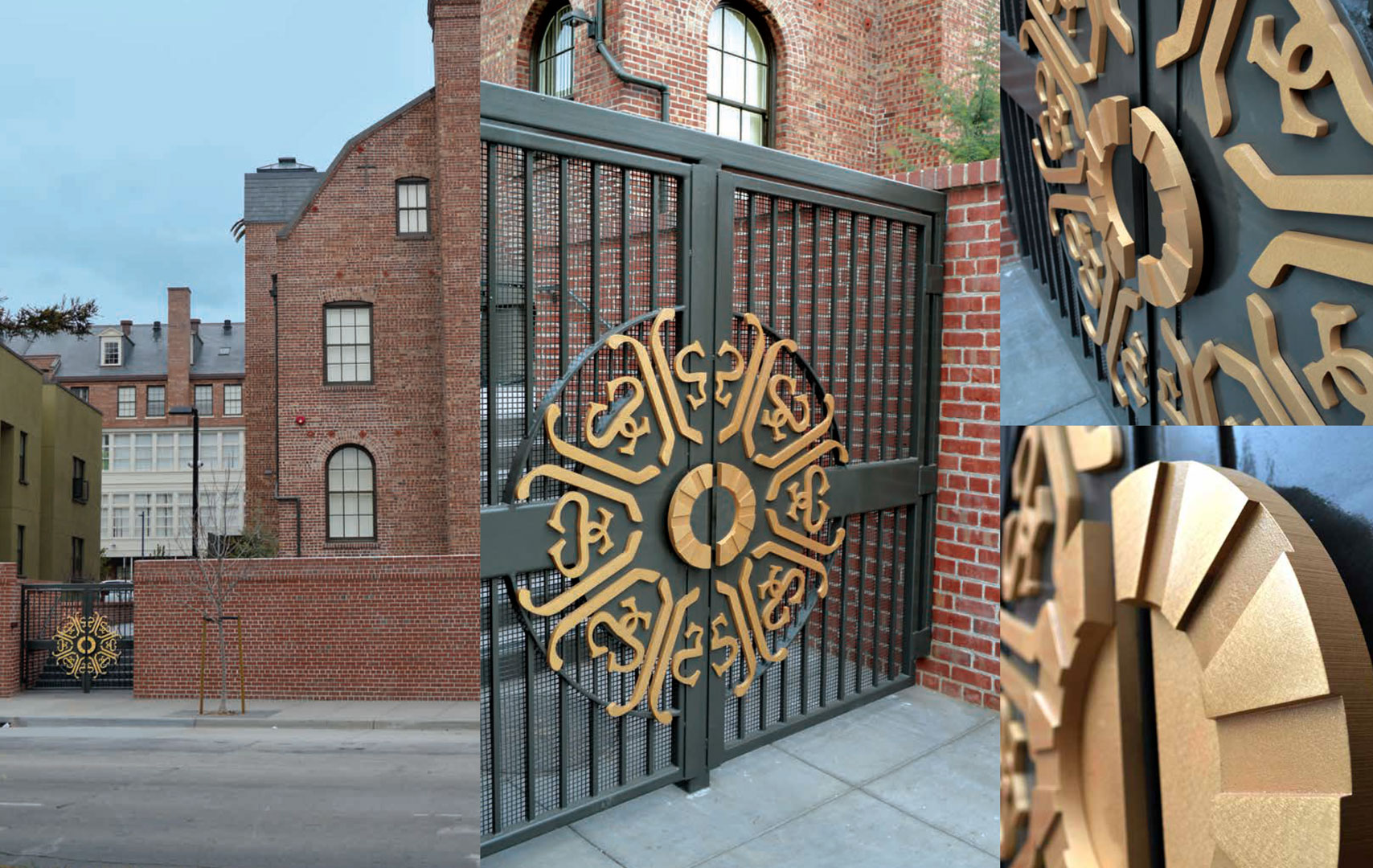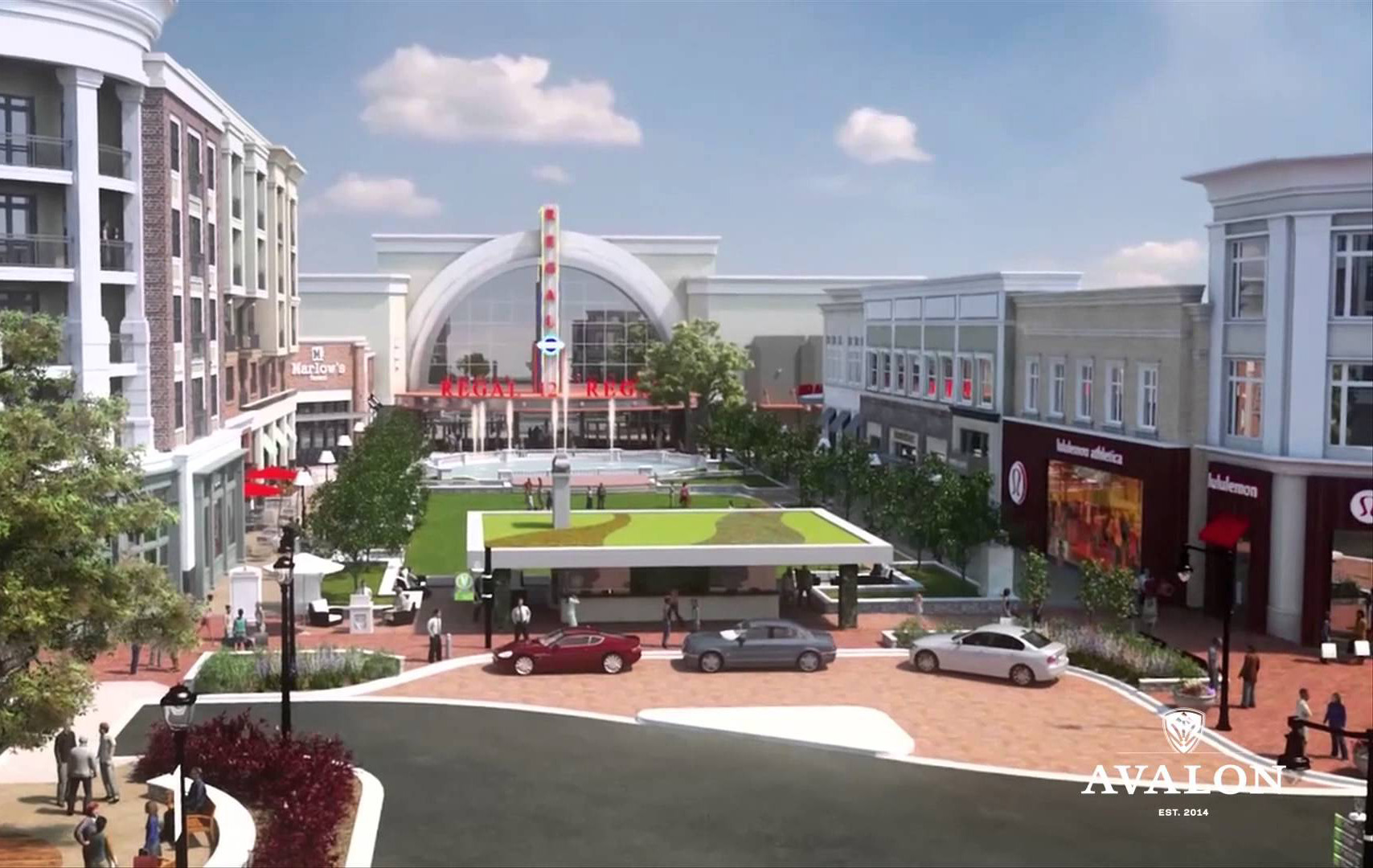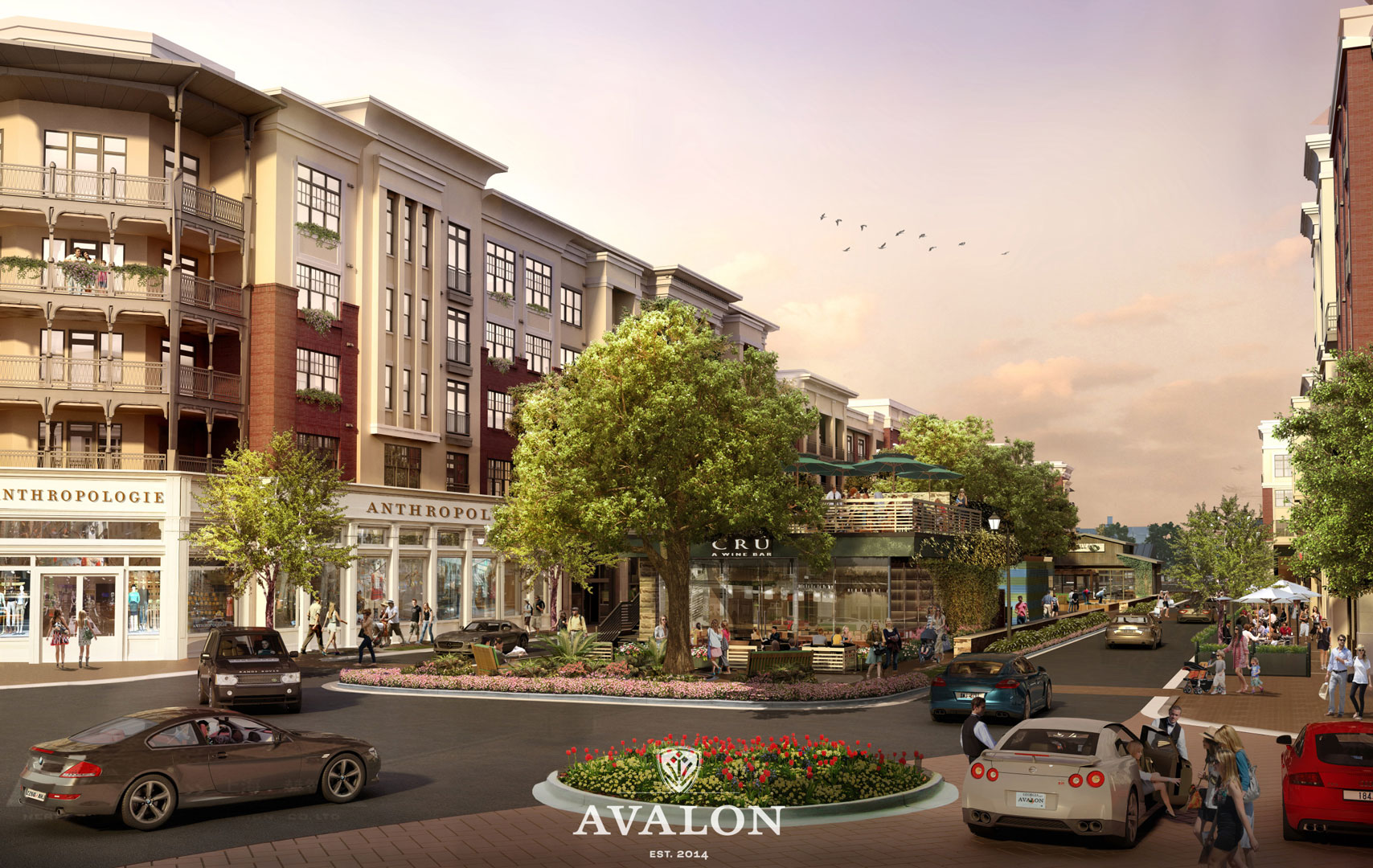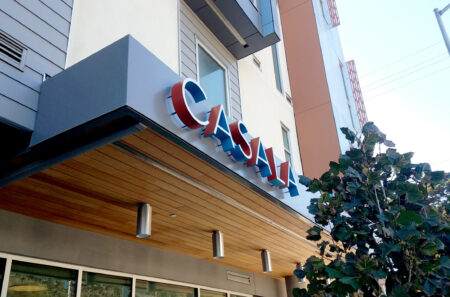Real Estate Development Branding: What’s at Risk When You Leave Vision to Chance
Real estate development is a risky endeavor. Developers, architects, engineers, and consultants spend countless hours developing a project, and much of their effort takes place in the public eye. Not only must these teams of professionals involve public officials, planning departments, and private citizens, they must also create an engaging vision for a new development. Successful developers know only too well the risk involved when vision is not clear or compelling, when they leave its interpretation by various stakeholders to chance.
When developers do not do their homework, they risk losing their audiences. Stakeholders feel disconnected from the development and may oppose it. Public officials may have more difficulty understanding how a project is woven into the physical, social, and emotional fabric of the community. And the development team has wasted its time creating a concept that is unclear or worse, unappealing. We can’t say this often enough: Vision is the bedrock of a brand. It informs the logo, visual representation, marketing collateral, signage and more. It permeates every aspect of a community, from the very beginning to the finished buildings, plantings, pathways, and amenities.
What are the risks in leaving vision open to interpretation? They are fundamental. A project without a vision that the community endorses risks loss of financial and municipal support. It risks losing its audience and squandering opportunity for approval.
But there is good news: Developers can mitigate risk and protect their investments by taking the actions we discuss in this article.
Community Outreach
Research and outreach form the foundation of success when developing a property. Future residents and community members yearn to connect with where they live and work and are typically enthusiastic about participating in vision creation. This is important for two reasons: Residents and neighbors play a large part in the approval and acceptance of a new development, and often they are excellent sources of knowledge. The more you can learn from those who live in the community, the more effectively you’ll be able to create your vision for the development, which will allow you to create the right brand and the right brand promise. Brand promise is no mere nicety. It is what your brand tells your audience about what it delivers and why: Think about great brands and the attributes you associate with them when you hear their names.
Although there are different motivations for why you might do your homework—based on whether a development is market rate, mixed-use, or affordable—your efforts provide valuable benefits and help define guiding principles that will keep a project on track and help to ensure its success going forward.
Outreach to the community is separate from the municipal input process and is clearly driven by the need to build a story around a new development. Properties that make an intelligent and emotionally appropriate link to their surroundings add value by paying homage to the history and culture of the neighborhood. Community input enriches vision, and therefore the brand. It helps preserve a singular line of focus and can ultimately help a project proceed more efficiently. For the community, input gives neighbors and potential residents a chance to be heard and to influence their surroundings. It strengthens consensus and community bonds—and by building excitement, it can also reduce resistance to change.
A Word about Identity, Branding and Vision
These three terms are easy to confuse. Essentially, identity is the visual representation of a brand, such as a logo, while a brand is the all-encompassing expression of a property, rather like a personality. A brand informs outward-facing touchpoints, such as sales materials, websites, wayfinding and advertisements. A brand also influences the words and messaging that tell a property’s story to the outside world. It is firmly grounded in vision. Vision is a more high-level or aspirational term that helps define the purpose of a development and takes into account history, location, architectural plans, amenities, demographics, and any other similarly influential factors.
When you create a vision for a new development, the history of the space and the demographics and interests of the community all offer clues to creating an authentic approach. Often, historic and new structures must converge to create a story that elevates a community. These factors make it critically important to hone your vision.
To get a better sense of the importance of vision to a project’s success, let’s look at two projects: St. Joseph’s (an Argus client) and Avalon.
St. Joseph’s
With the award-winning St. Joseph’s campus in Oakland, meetings, interviews, and historical research made it possible to create a clear vision for the properties with these three guiding principles, which was then used to build a highly effective brand platform.
- Connection: Connecting a community of people at various stages of their lives
- Vitality: Enhancing a community and being viewed as a source of positive growth
- Symbolic value: Creating a shining example of a revitalized area acknowledged by residents of the community and non-resident neighbors.
We worked hard—and succeeded—at empowering a diverse community to shape its environment in a way that helped define the project’s core purpose.
St. Joseph’s, originally founded by the Little Sisters of the Poor in 1913 to care for the elderly, is now a vibrant and sustainably designed, mixed-use residential campus in Oakland’s Fruitvale community. A once-thriving orchard town, Fruitvale attracted African-American workers after World War II. Today, it is a cultural landmark for the city’s Latino population.
St. Joseph’s includes senior housing in a historic building (designated a historic landmark in 1984), a new family apartment building and ground-level commercial space, uplifting a neighborhood that has long endured economic and safety challenges. Residents and neighbors see it as a symbol of pride. (For more information about St. Joseph’s, visit bit.ly/ArgusStJ)
“We set out to create developments of the highest quality for our residents. We want our residents to feel proud of their surroundings and the community at large and to feel we have built an asset that will stand the test of time. Doing the upfront work to understand the history of a location and the interests of the communities in which we work, helps us achieve those goals and provide a stronger connection.”
— Smitha Seshadri, Vice President of Development at BRIDGE Housing Corporation
Elevating the vision for St. Joseph’s into a brand was no small challenge. Doing so required bringing three different components of a property together: the campus, historic buildings, and a new family apartment building.
Avalon
Another example of the beneficial effect of community input is . The developer has positioned this sustainably designed 86-acre development in the heart of Alpharetta, Georgia as “the south’s first ‘urbanburb,’ a walkable, urban experience in a suburban setting … ” Avalon’s mixed-use town center will ultimately include retail, restaurants, multifamily rental housing, single-family for-sale housing, a hotel, offices, and a conference center surrounding a main street and a central plaza.
For years, Alpharetta was underserved by retail and restaurants, and many residents left the area to shop and dine. During outreach, the developer interviewed 200 community residents to determine their needs and desires. This process set the tone for Avalon’s core values, which included health and wellness, cultural encounters, kids and family, connectivity, and walkability. (For more information about Avalon, visit http://www.experienceavalon.com/http://casestudies.uli.org/avalon/.)
The development team also traveled the United States visiting best-in-class mixed-use developments and documenting them in photos it posted to social media and other channels to give the community the opportunity to comment. This effort not only helped develop a vision that met real needs but also gave stakeholders a sense of ownership.
Today, Avalon is a meeting spot for running clubs, yoga classes, and other events involving physical activity. The project campus is also extremely walkable, supporting the value of health and wellness.
St. Joseph’s and Avalon’s development teams sought out and paid attention to the needs, interests, and wishes of residents and stakeholders from the very beginning. Because of their efforts, they were able to craft a clear vision for each development that resonated with residents and visitors. And that vision, in turn, became the foundation for brands that informed two highly successful projects.
Argus is a branding and communications firm based in Emeryville, California. We work with real estate developers to connect people and places, by transforming buildings into homes and destinations through branding, wayfinding and art. For more information, contact the Argus team at (415) 247-2800.

Join Us!
Join our mailing list to receive strategies, practical advice, news and helpful resources delivered right to your inbox.
